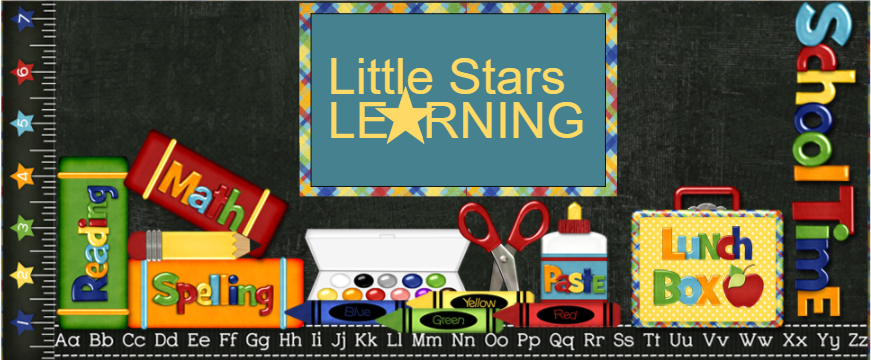There is often talk about scaffolding learning along the learning path, but I don't hear about scaffolding the learning EXPERIENCE of a specific concept.
My philosophy is that young learners learn best when concepts are presented in three levels. It's like a movie. On the big screen in a theatre, it's an experience. You see the details and how everything works together. It's big and loud and holds your attention.
If you see it on your big flat screen TV, whether 80 inch or 32 inch, then while it may be entertaining, it's something you watch, rather than experience. You may enjoy it, but if you have to grab a bite, you pause it and don't feel you've lost anything.
Watching it on the iPad, yeah, you may pause it multiple times. You can't see all the details, and you don't really care. It's not an experience, it's a time filler. It's something entertaining to do and if you pause it multiple times, then you are fine with it.
Unfortunately, most learning starts and ends at the iPad viewing stage.
There's a reason we go back to the theater to watch the good movies. We crave the EXPERIENCE.
Make it BIG
Whenever I teach a new concept we always start out BIG.
As big as we can get it.
As interactive as we can get it.
As fun as possible.
For instance when we began number line work, we laid it out on the floor in tape. The children placed the numbers. Then we stepped it off. Then they hopped it. Then they hopped addition and subtraction. They worked as teams to provide equations to the person jumping.
I taught it, they learned it, then they played with it. After about a week of playing with it, they had it pretty much down. Obviously they were simply scaffolding to a higher level and new format of addition and subtraction, but it was vital to their understanding to begin with it BIG.
Shake it DOWN.
Once the children have a concept down in BIG format, then we start gradually shaking it down. Just as you get a better movie experience from an 80 inch screen rather than a 32 inch, the size of the learning experience needed depends on the level of detail and interaction necessary to continue the learning path. Each child is different in this requirement.
We drew number lines in the sand box and had sand toys jump the equations. We moved it down to drawing number lines on the chalk board and white board. Eventually we moved it down to drawing them on the lap boards and writing equations.
Mr. G wanted to measure everyone one day, so we did. We graphed it on the number line and worked the less than and more than aspect between their heights, along with graph interpretation stuff.
Take it SMALL.
Small is worksheets. Small is independent work. Small is reinforcement of mastery, not learning.
If learning the concept has been fun, and they have it mastered, then they WANT to "play" with it on worksheets.
Even with our worksheets, they are dynamic and interactive. Above all, they are a FREE CHOICE activity, not a requirement. The children roll a die for the two numbers writing them in. If the second number is less than the first, they have the choice of doing addition or subtraction.
Since they can do one of these in about two minutes with a 6 sided die, I'm making a new one that will use a 12 sided die.
So this is how we've done number lines, but we do the same with other math concepts, and it's also how we do reading:
Big is actions and manipulation as a group.
Shaking it down with activities, big books, and group reads.
Taking it small.
 |
| Miss A - 4 years |
BIG hands on exploration in a fun, playful learning experience is a much better introduction to big concepts for little children than going straight to small work. By the time they get to the small work, they should already be very familiar with the plot, characters and setting of the concept. Having seen it as the big picture, the small one will make sense.
Tags: teaching, daycare, preschool, pre-k, reading, math, classroom, early elementary, homeschooling, homeschool, curriculum






















No comments:
Post a Comment
Note: Only a member of this blog may post a comment.